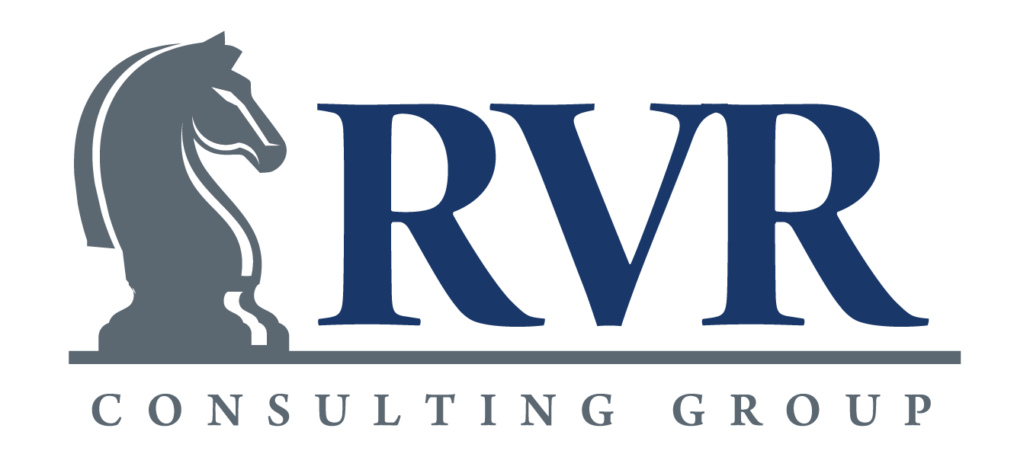4 Key Strategies to Use When Business Growth Plateaus

It’s a tale as old as time – the growing, growing, growing, grown business that hits a glass ceiling, where sales are stagnant or moving forward slower than desired. Business executives scratch their heads, roll out new products and services, and invest in employee training, but the results don’t materialize, or they don’t maintain levels of growth for long.
If this describes your company, you are not alone. In fact, by understanding this reality, you are already ahead of the game. Explore four of our top recommendations for companies that are looking to take their growth to the next level:


